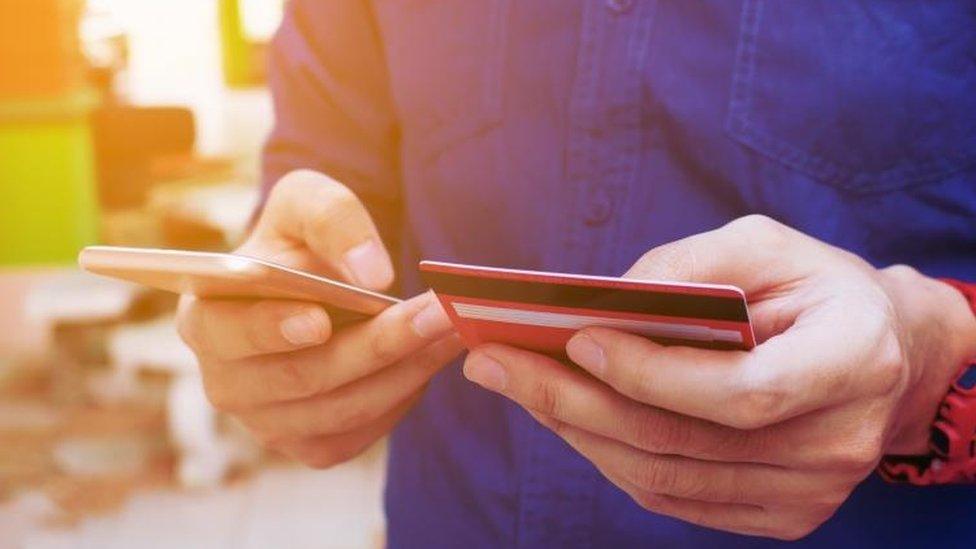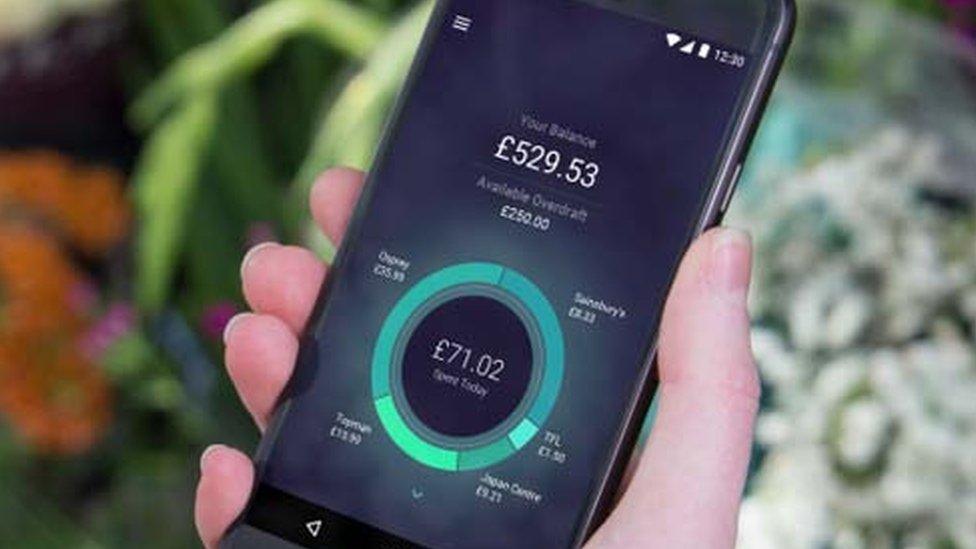Banks late with data 'revolution'
- Published

Five of the nine banks ordered to be ready for a banking "revolution" by mid-January will miss the deadline.
The banks have been given extra time to be fully set up for Open Banking, a system allowing customers to use their payment history to get better deals.
The UK's nine biggest current account providers were told by the Competition and Markets Authority (CMA) to be ready to start on 13 January.
However, some customers will not be able to use the service for a year.
Delays
A maximum of six extra weeks preparation time has been given to Barclays, Bank of Ireland, RBS and HSBC by the Competition and Markets Authority (CMA).
Santander-owned Cater Allen, a private bank that has 40,000 active business current accounts, will miss the deadline by a year, as it needs to rebuild its IT system.
"We remain committed to delivery on 13 January when we intend to launch for nearly all Santander personal and business current account customers," said a Santander spokesman.
"Due to the complexity of the service, we will not be immediately enabling these services for Cater Allen customers and a small population of SME customers."
Allied Irish Bank, Danske, Lloyds Banking Group and Nationwide will be ready to start on time.
Imran Gulamhuseinwala, trustee of the group commissioned to implement Open Banking, said that "in time" the regime could "fundamentally change how we manage our money".

What is Open Banking?
Your financial data is valuable. For example, a loan provider would be keen to know exactly when you go into the red each month.
To date, this information - or data - has been held by your bank. In the past, they may have been keen to sell you other products, such as overdrafts at a certain interest rate. Most people stay loyal to their bank. The Competition and Markets Authority (CMA) found that only 3% of personal customers move their accounts each year.
The Open Banking, external regime means that such data is owned by the customer, not by the bank. He or she can share it electronically with businesses offering certain services to try to get a better deal on financial products, such as getting a cheaper overdraft elsewhere.
In practice and in time, customers will probably see a dashboard on their bank's mobile phone app. This will show them how much money they have in their different accounts, with different banks, and eventually how much they owe on credit cards and store cards too.
The dashboard will also allow customers to use services provided, not by their bank, but by another provider. So, a business separate to the bank might take money left over at the end of the month and invest or save it.
The CMA claims this will be revolutionary for current account customers.

- Published11 January 2018
